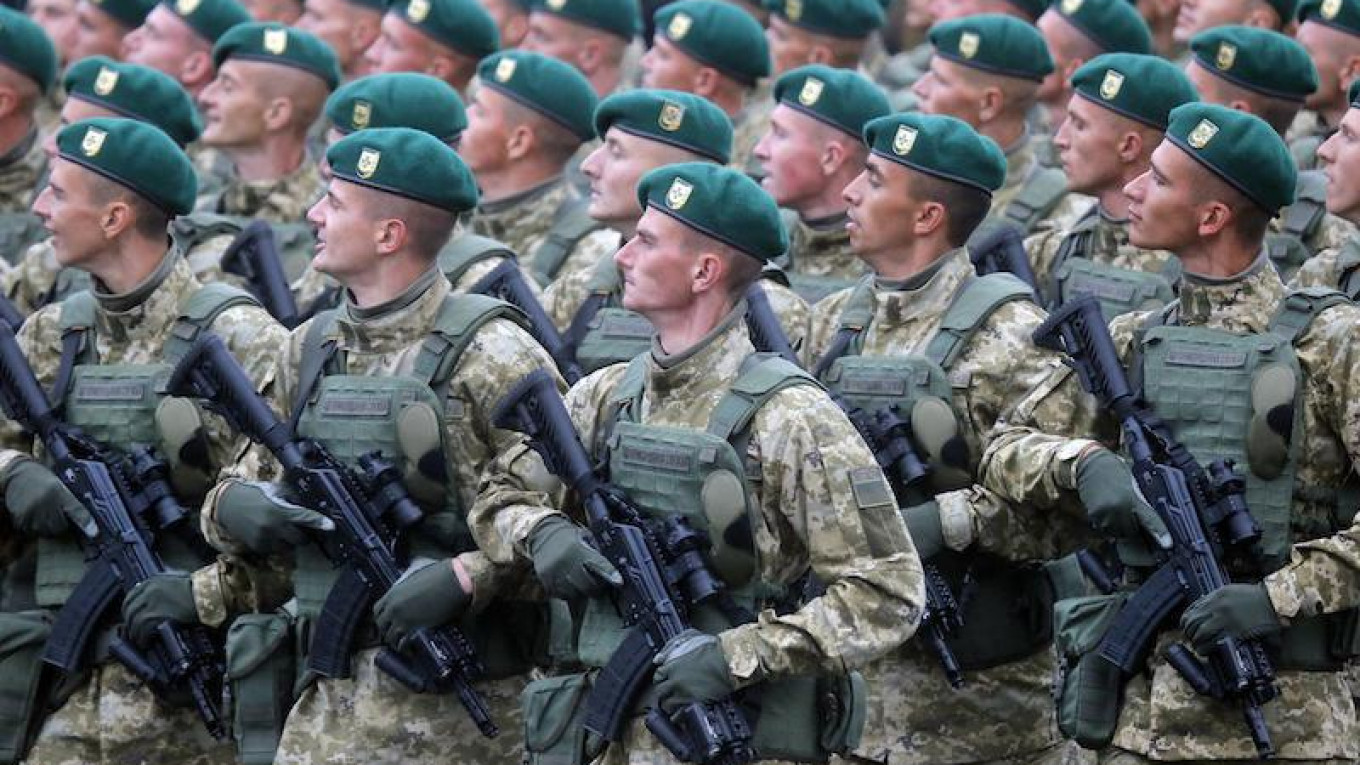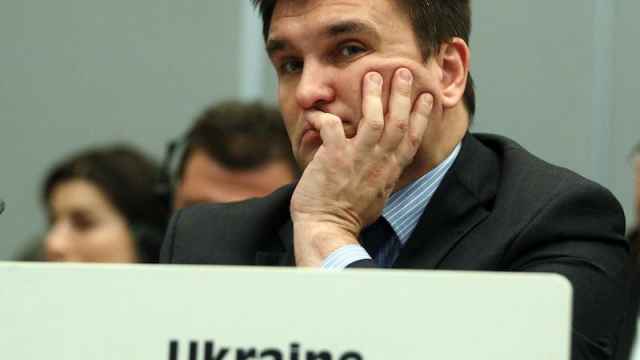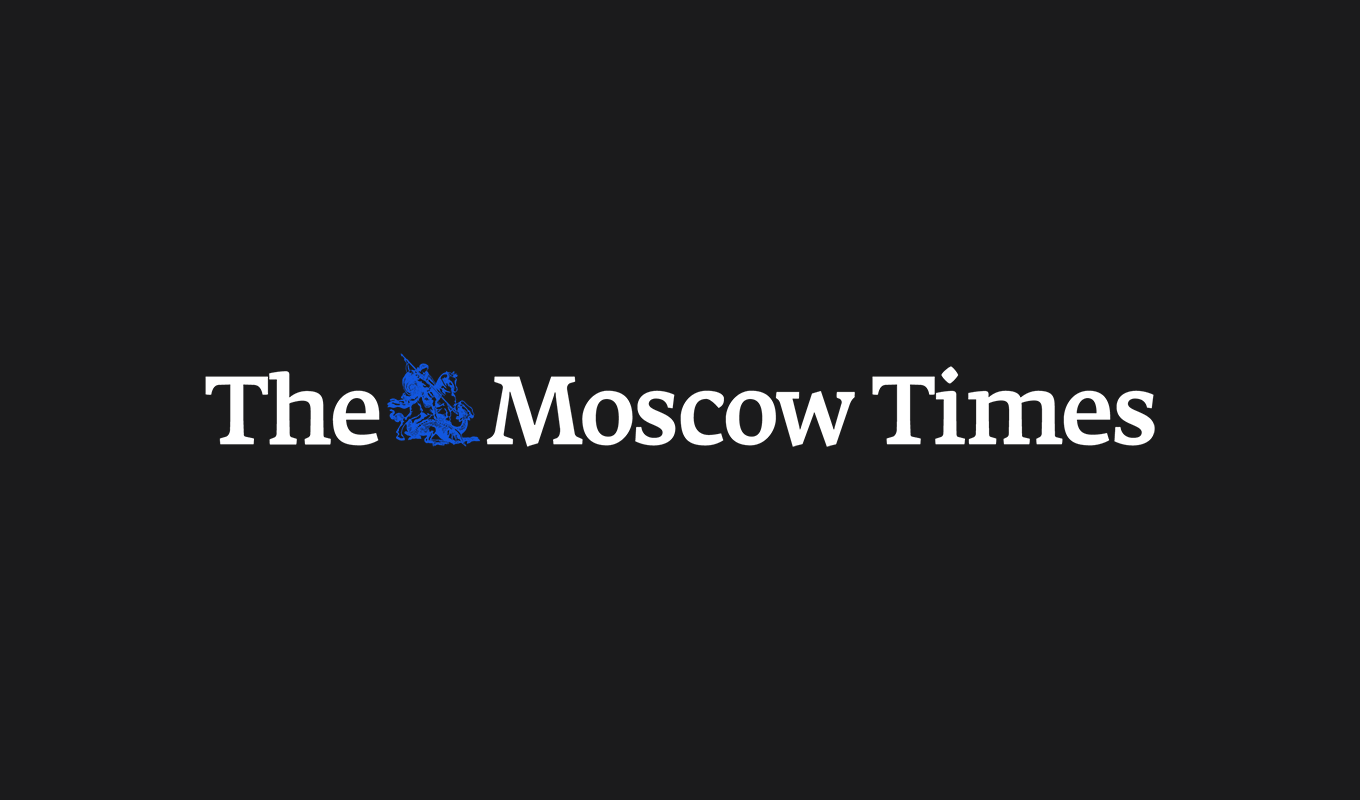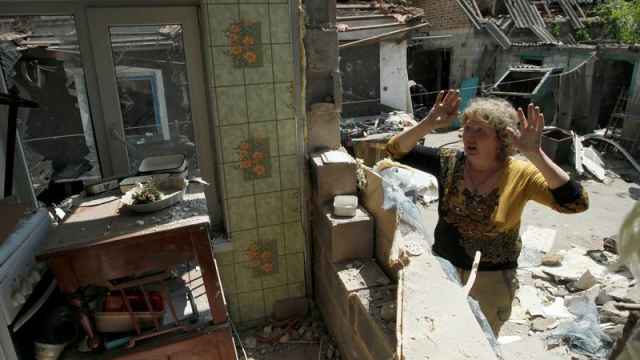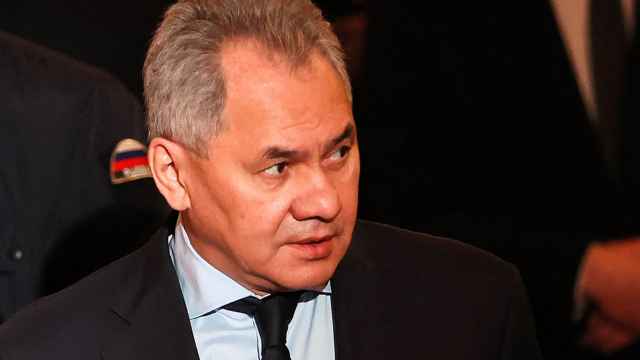Four thousand Ukrainian soldiers marched through Kiev to celebrate 25 years of the country's independence. The parade is part of a campaign to boost the military's morale amid fierce fighting in the east of the country and unusual military buildups within Russian-occupied Crimea.
Ukrainian President Petro Poroshenko told spectators that despite the deaths of 2,500 Ukrainian servicemen since the conflict's outbreak in April 2014, “the enemy has failed to bring Ukraine to its knees.”
For Ukrainian soldiers, the parade was also the first occasion to wear their new uniforms: part of the ongoing westernization of the country's armed forces.
Approved by Poroshenko in July, the uniforms were scheduled to debut at the independence celebrations. Ukrainian Defense Minister Stepan Poltorak first posted an image of himself in the new uniform on his Facebook page last week.
The new uniforms symbolizes a break with the dominance of Soviet military traditions.
Reportedly modeled on British-style military outfits, the new uniforms have adopted motifs of the Ukrainian Liberation Army, which existed from 1917-19 during Ukraine's brief period of independence.
“We had to break from any kind of Sovietism,” said Ukrainian military expert Svatyslav Stetsenko. “Why does Moscow keep these Soviet traditions in its army? To underline their right to return these lands and to mentally prepare veterans who still remember the Soviet era,” he added.
Although military experts have praised the uniforms, calling them both classical and practical, some Ukrainian soldiers have given them a lukewarm reception.
Many members of the Ukrainian special forces took exception to the inclusion of a wolf logo, arguing on social media that wolves traditionally represent treachery in Ukrainian culture.
The uniform's designers have argued that the wolf was inspired by the legends of the Ukrainian Cossacks, who are said to have been as agile as the animal itself.
Defense Minister Poltorak promised to look into the debate and has given the uniforms a three-month trial period.
Some Ukrainian soldiers remain skeptical. Writing in an open letter on Facebook, they argue that the symbol should be replaced with a sword and dagger. “No NATO or western country uses a wolf as a symbol for its special operatives,” they wrote.
A Message from The Moscow Times:
Dear readers,
We are facing unprecedented challenges. Russia's Prosecutor General's Office has designated The Moscow Times as an "undesirable" organization, criminalizing our work and putting our staff at risk of prosecution. This follows our earlier unjust labeling as a "foreign agent."
These actions are direct attempts to silence independent journalism in Russia. The authorities claim our work "discredits the decisions of the Russian leadership." We see things differently: we strive to provide accurate, unbiased reporting on Russia.
We, the journalists of The Moscow Times, refuse to be silenced. But to continue our work, we need your help.
Your support, no matter how small, makes a world of difference. If you can, please support us monthly starting from just $2. It's quick to set up, and every contribution makes a significant impact.
By supporting The Moscow Times, you're defending open, independent journalism in the face of repression. Thank you for standing with us.
Remind me later.


